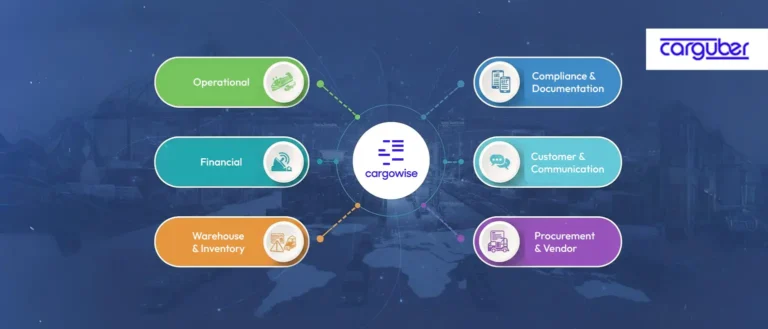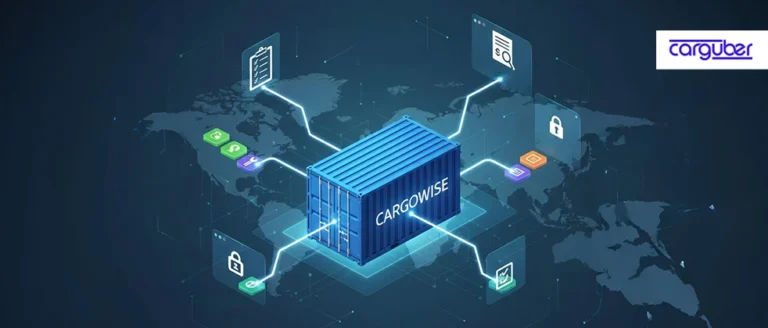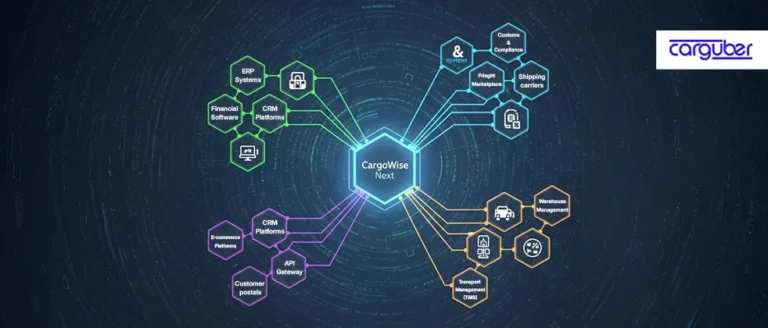What is the Milestone Update API, and how important is it in logistics and supply chain?
Every minute matters when shipment management is involved. Your logistics success can be made or broken by your ability to track and react to shipment happenings in real time, whether they involve an early delivery, a missed handoff, or a port delay. The Milestone Update API is useful in this situation.
The goal of this API is to make sure that your operations, partners, and clients are in synchronization at every stage, not just to update timestamps. It’s time to reconsider how you handle supply chain milestones if your logistics team is still manually pursuing upgrades.
Why Are Shipment Milestones So Important?
Think of shipping milestones like checkpoints in an extended event. Each one signifies a distinct stage of the journey, including loading, delivery, arrival, departure, and customs clearance. These updates keep your consumers informed and your partners accountable in addition to assisting your internal team in monitoring progress.
You are forced to wait for confirmation or make informed assumptions in the absence of real-time milestone information. This results in misunderstandings, missing deadlines, and disappointed customers. This is resolved by an automatic milestone update procedure.
What Does the Milestone Update API Do?
The Milestone Update API is a smart way to update key shipment events directly into your logistics system, such as CargoWise or any connected ERP, without manual data entry. It pushes real-time event data into your system so you can track shipment progress with precision and confidence.
It’s ideal for logistics providers, freight forwarders, and supply chain partners who rely on up-to-the-minute tracking.
- Shipment Reference Number (RefNumber)
- Shipment Number in CargoWise (ShipmentNo)
- Event Code for the milestone (e.g., DEP for Departure)
- Estimated Date/Time of the event
- Actual Date/Time of the event
This lets your system register both expected and actual progress, helping you identify delays or early completions instantly.
Key Benefits of Using the Milestone Update API
1. Real-Time Visibility for Everyone
From operations to customer service, having milestone updates pushed automatically means everyone knows what’s going on, and no need to dig through emails or call someone overseas.
2. Fewer Errors, Faster Workflows
Manual milestone updates are prone to mistakes, wrong dates, missed updates, or inconsistent data. The API makes those errors a thing of the past, ensuring clean, accurate data flows into your system.
3. Customer Confidence
Your clients are less likely to worry or bombard your team with “find my cargo?” emails when they can view shipping progress in real-time. Long-term partnerships result from satisfied customers.
4. Proactive Problem Solving
You can promptly identify plan variations by keeping track of both estimated and actual dates and times. Your team can react quickly, reroute goods, or revise expectations in the event of a delay to prevent problems from getting worse.
How a Typical Milestone Update API Call Works
A shipment leaves the port. Your internal system, carrier, or connected platform triggers an update. The API sends a POST request to the endpoint using secure headers and authentication (like an API key).
The payload includes details like:
- RefNumber: Your unique reference for the shipment.
- ShipmentNo: The tracking number in your ERP/CargoWise.
- EventCode: Milestone identifier (e.g., ARR, DEP, CUSTCLRD).
- EstimatedDate: When you expected the event to happen.
- ActualDate: When it actually happened.
Once received, the system logs the update and triggers any associated workflows, like notifying a customer or updating a dashboard. It’s fast, accurate, and scalable.
What Simplifies This API Integration?
This integration is smooth when combined with services like those provided by Carguber, especially for platforms like CargoWise. You’re receiving a fully managed system that is mapped, tested, secured, and supported, not just a technical tool.
Carguber helps businesses:
- Configure the API endpoint
- Set up data mapping for milestones
- Enable automatic triggers from internal or third-party platforms
- Test the data flow to ensure precision
- Offer ongoing support for updates and troubleshooting
How to Get Started with the Milestone Update API
To get started with the Milestone Update API, first review how you currently track shipment milestones and identify the gaps. Then, define which key events, like departure, arrival, or clearance, you want to monitor using event codes and timestamps. Next, partner with a logistics consultancy for API integration with experts like Carguber to configure and implement the API seamlessly into your system. Once live, monitor its performance and optimize based on how well it improves visibility, reduces manual updates, and speeds up communication. All these can be done with our expert team with their expertise and knowledge.
Conclusion
The Milestone Update API may appear to be a minor feature, but in logistics, details are important. Not only will automating event updates enhance internal processes, but it will also save time, foster consumer trust, and position your team for long-term success.
This API is an easy choice if you’re serious about increasing shipment visibility, decreasing manual errors, and maintaining operational agility.
Are you looking to integrate CargoWise or another ERP platform with the Milestone Update API?
Contact our support and helpdesk to discover more about how Carguber can help you create a smooth, real-time milestone tracking system that keeps your logistics running smoothly.









